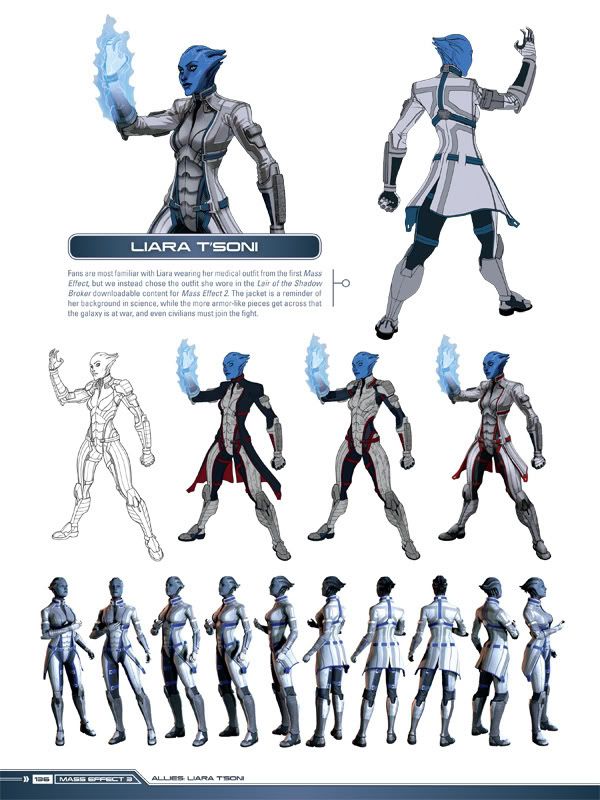After completing my illustration, I separated the layers for animation - lights on the red jumper, the star/spring on the headband and the layer of smoke above the mugs, merging the rest together to make working in After Effects much easier. After creating an After Effects project, I imported the .psd file, keeping the layers separate. I used effects and the glow tool for the lights on the jumper, which was extremely easy and something I have experimented with before.
For the smoke I changed the scale, size and opacity between frames but it doesn't move that well, and next time it may be easier to animate in photoshop, maybe over 12 frames and the repeating them
I had fun animating the star the most. I rotated the image first, but it rotated from the wrong point so rather than using a lot of positioning keyframes as well, I created a null object and placed it at the base of the spring. I parented the layer to the null object, creating my rotation keyframes through that rather than the layer. This time the image rotated from the right point, but it looked too flat and not very believable. I wasn't sure how to go about this, but I guessed that using the same sort of technique could work. I duplicated the star/spring layer, before using the eraser tool to delete the bottom half of the spring. I then placed another null object where that spring half of the spring started, parenting it again. I tried rotating it on top of the rotated star below, and it let me give a much more exaggerated movement. I erased the bottom half of the spring on the original layer, so that between the two layers they made up one full image.
I had to use a lot more position keyframes though to match the top half of the star to the bottom half, since the point where they should connect obviously moved when the bottom of the spring was moved. This didn't take too long though, and eventually I got the animation working with both parts.
I had a lot of fun creating this image; I feel like I found a way to colour that I enjoy and could actually finally stick to, and just trying to backgrounds more makes me want to actually concentrate on creating a few more complicated and well thought out backgrounds. I learned more in After Effects about movement and null objects than I expected to, and even though I am not a huge fan of animating, I am actually excited to try some more small pieces of After Effects animation to go on images I create. This was definitely a great exercise, and I would recommend it to other animators/illustrators.
If I was to do that again, I would probably think about the overlapping action a lot more, maybe separating the spring into three parts instead, and making the top half have a more exaggerated movement so that it was still very much to the side while the base began to move the other way again. I could still have had a lot more parts of the image animated, as they are more subtle I think than Rebecca Mock's, so in the next piece I make, I will take into account the pieces that could move/change/interact and what would add something extra to the illustration if it wasn't still.



















































